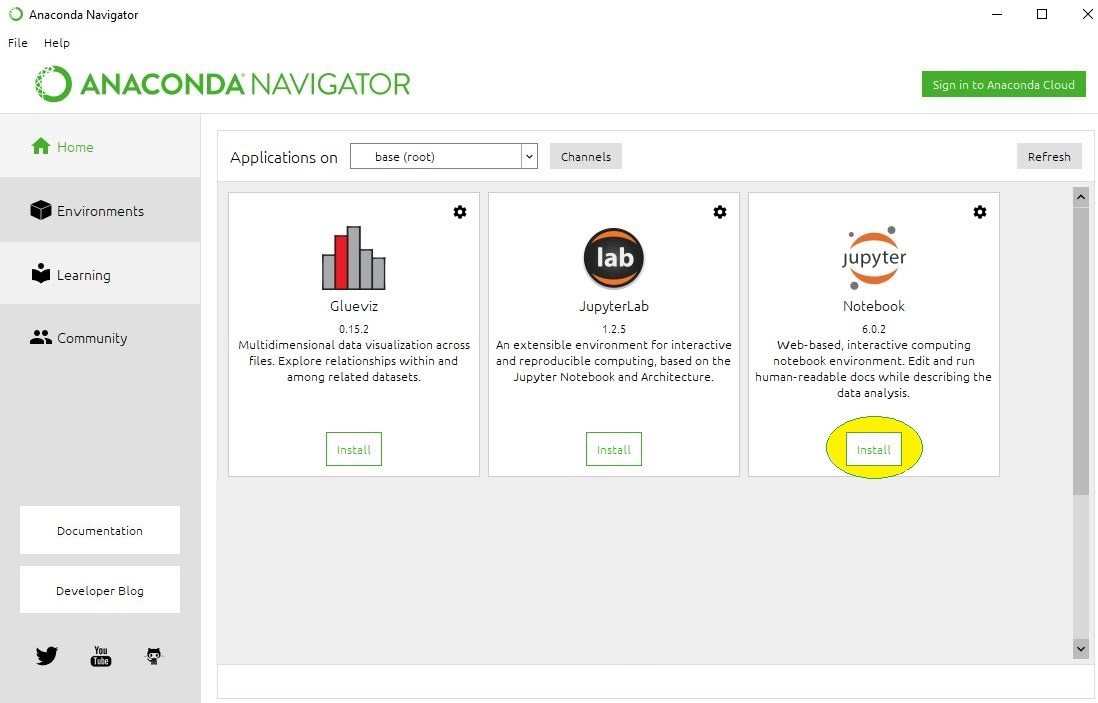

'2.1.0' Final Flourish: Setting up Jupyter Notebooks to use Tensorflow virtual environment > import tensorflow as tf > tf._version_ # Checking the version of the library. on win32 Type "help", "copyright", "credits" or "license" for more information. To test whether the libraries are installed or not we can run the following commands as a basic sanity check: (base) C:\Users\Aditya> conda activate tf (tf) C:\Users\Aditya>python Python 3.7.9 (default, Aug 31 2020, 17:10:11) :: Anaconda, Inc.

It installs the required set of libraries to start with Tensorflow. # Creating tensorflow virtual environment (base) C:\Users\Aditya\> conda create -n tf tensorflow #Activate the environment (base) C:\Users\Aditya\> conda activate tf

Now that we’ve done CRUD with the virtual environments, for tensorflow user can create a virtual environment using following set of commands below. To delete the environment using: (base) C:\Users\Aditya> conda env remove -n myEnvironment Setting up TensorFlow Environment using Anaconda You can exit the environment using the command conda deactivate (myEnvironment) C:\Users\Aditya> conda deactivate (base) C:\Users\Aditya> conda activate myEnvironment (myEnvironment) C:\Users\Aditya> Post the command, user can see the base changing to indicating change of environment. The environment can be activated using the following command : conda activate. To create a virtual environment the command is as below: (base) C:\Users\Aditya> conda create -n myEnvironment It prevents issues/errors in code execution related to deprecation of commands or release of newer versions. To provide a brief overview, a virtual environment simply provides a separate environment where you can do application development using specified version of libraries. I pursued using anaconda prompt ( or anaconda CLI) given my recent obsession with working on black and white windows.


 0 kommentar(er)
0 kommentar(er)
